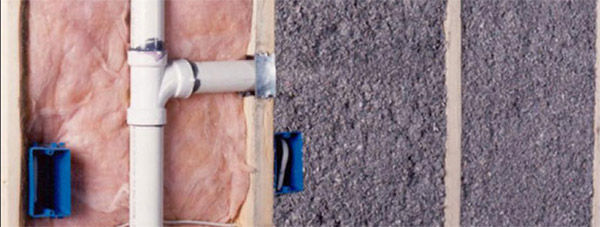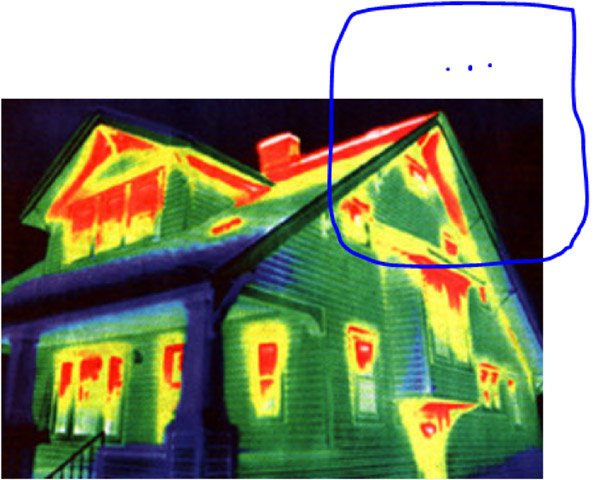Insulation In Home Walls Controls Sound
 Having minimal unwanted noise in your home is one of those comforts that seems rather basic, yet surprisingly few people experience it. Whether it’s the neighbor mowing the lawn at 6 in the morning, someone playing music upstairs, or the dishwasher droning in the middle of the night, almost everyone has times where the noise reaches insufferable levels.
Having minimal unwanted noise in your home is one of those comforts that seems rather basic, yet surprisingly few people experience it. Whether it’s the neighbor mowing the lawn at 6 in the morning, someone playing music upstairs, or the dishwasher droning in the middle of the night, almost everyone has times where the noise reaches insufferable levels.
How can homeowners stop noise from penetrating into their house or from room to room? The short answer is having a something in the walls to help block the sound waves. Noise travels as an airborne wave, and for a material to stop the wave it needs to:
- be gapless so the sound waves cannot travel via air, and
- have sufficient density to halt the sound waves from being transferred through the material to air on the other side.
For most homes, the bad news is there is either insufficient insulation, the wrong type of insulation, and/or improperly installed insulation and sealing in the exterior walls. And in most cases homes do not have any insulation between rooms. This results in noisier environments (not to mention higher energy bills and less comfortable interior temperatures.) The good news – adding or increasing insulation is affordable and provides one of the best returns on investment a homeowner can achieve when considering energy efficient improvement options.
Cellulose insulation is one of the best choices for controlling sound within the home. It has excellent insulating characteristic and is very dense allowing it to both achieve high R-Values while also helping to minimize air intrusions. For existing homes, it is one of the best products for retrofitting into exterior walls. For those considering a home addition, or building a new home, it’s an affordable option and worth considering the additional cost to include insulation in selected interior walls of the home.
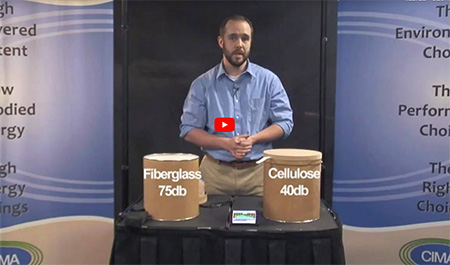 In addition to being an excellent thermal insulator, FIBER-LITE PLUS cellulose insulation is also a good way to help control sound in walls. Since it is spray-applied, the insulation fills every gap, fulfilling the first criteria above of preventing air from conducting sound through the material.
In addition to being an excellent thermal insulator, FIBER-LITE PLUS cellulose insulation is also a good way to help control sound in walls. Since it is spray-applied, the insulation fills every gap, fulfilling the first criteria above of preventing air from conducting sound through the material.
Secondly, blown cellulose insulation is far denser than fiberglass batts (the most common type of insulation), with the former installed at 3 lb/cubic foot, and the latter only 1 lb/cubic foot. This density enables the cellulose insulation to absorb the sound waves before they reach the other side of the wall. Altogether, FIBER-LITE PLUS will function as an effective soundproofing material while also making a home more comfortable to live in and less expensive to climate control.
See a demonstration video to learn how effective FIBER-LITE PLUS is at controlling sound versus fiberglass.
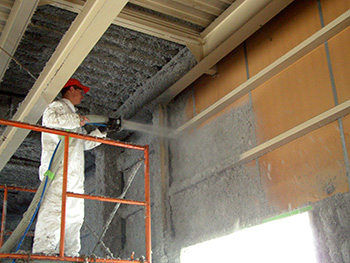 Commercial buildings, where an exposed insulation application is required, present special challenges for architects and builders. Buildings such as gymnasiums, parking garages and warehouses are prime examples where insulation is often either omitted altogether or improperly applied for ineffective results.
Commercial buildings, where an exposed insulation application is required, present special challenges for architects and builders. Buildings such as gymnasiums, parking garages and warehouses are prime examples where insulation is often either omitted altogether or improperly applied for ineffective results.
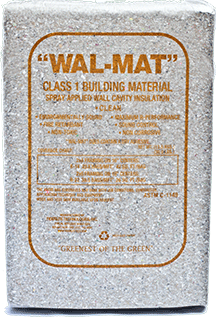
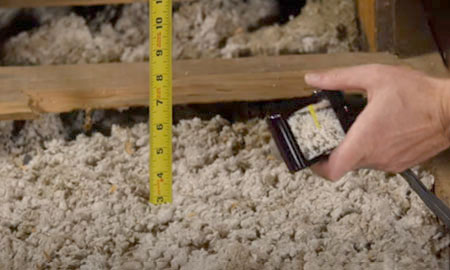 This translates to a recommended depth of approximately 16 inches of cellulose insulation. It’s easy to measure blown-in attic insulation by simply using a ruler or tape measure and sticking it into the insulation down to the ceiling. It’s as simple as the photo shown on this page.
This translates to a recommended depth of approximately 16 inches of cellulose insulation. It’s easy to measure blown-in attic insulation by simply using a ruler or tape measure and sticking it into the insulation down to the ceiling. It’s as simple as the photo shown on this page.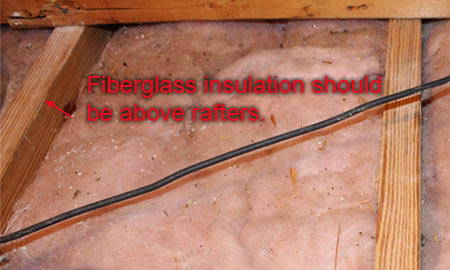 If the attic has fiberglass batt or roll insulation, as a rule of thumb for checking levels, it should be well above the attic rafters. Again, a simple visual check will work where there is access available in the attic.
If the attic has fiberglass batt or roll insulation, as a rule of thumb for checking levels, it should be well above the attic rafters. Again, a simple visual check will work where there is access available in the attic.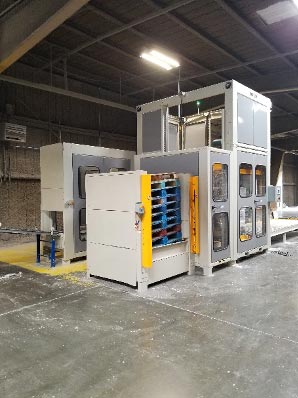
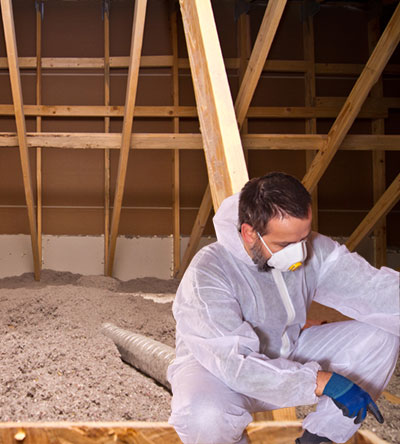 Many homeowners today are concerned about having anyone but immediate family members in their homes during the pandemic. Those interested in upgrading insulation are likely wondering if it’s safe to have work done now. Here is information on how to select an insulation contractor and what to expect when having insulation installed in your home.
Many homeowners today are concerned about having anyone but immediate family members in their homes during the pandemic. Those interested in upgrading insulation are likely wondering if it’s safe to have work done now. Here is information on how to select an insulation contractor and what to expect when having insulation installed in your home. By Shan Maitra, Fiberlite Technologies President
By Shan Maitra, Fiberlite Technologies President
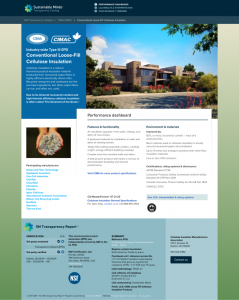
 Having minimal unwanted noise in your home is one of those comforts that seems rather basic, yet surprisingly few people experience it. Whether it’s the neighbor mowing the lawn at 6 in the morning, someone playing music upstairs, or the dishwasher droning in the middle of the night, almost everyone has times where the noise reaches insufferable levels.
Having minimal unwanted noise in your home is one of those comforts that seems rather basic, yet surprisingly few people experience it. Whether it’s the neighbor mowing the lawn at 6 in the morning, someone playing music upstairs, or the dishwasher droning in the middle of the night, almost everyone has times where the noise reaches insufferable levels.
